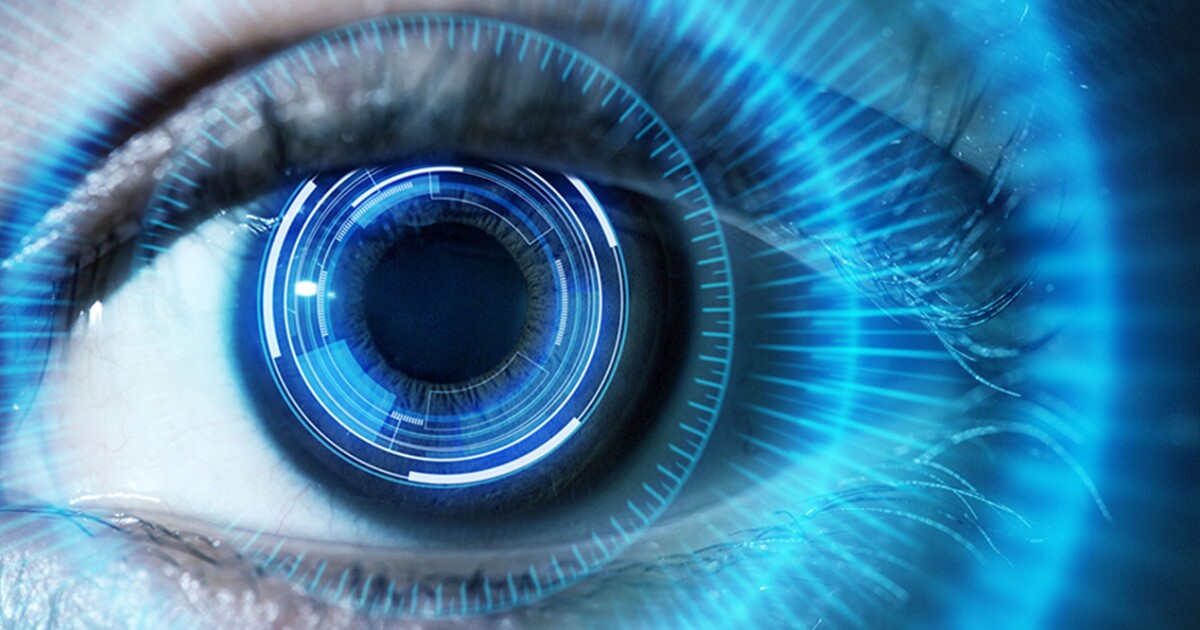In recent years, advanced technology has reshaped the way cataract surgeries are performed. What once required significant downtime and uncertain results has now become a highly precise and predictable process. Innovations in imaging, lasers, and surgical planning have all contributed to better outcomes and faster recoveries. As the population ages and demand grows, these technological strides are more vital than ever.
Precision Imaging Systems Lead The Way
Modern cataract procedures rely on high-resolution imaging tools to map the eye before surgery begins. These systems provide a three-dimensional view of the cornea and lens, helping surgeons visualize every detail. With this level of insight, surgical planning becomes more refined. The ability to anticipate challenges and make decisions based on individual eye structure has increased success rates across the board. Clearer images mean clearer outcomes.
Smart Lasers Improve Cataract Surgeries
Cataract surgeries involve removing the clouded natural lens and replacing it with an artificial one. In the past, this process depended on manual techniques. Today, femtosecond lasers—precise, computer-guided tools—make incisions and fragment the lens with minimal damage to surrounding tissue. These lasers adjust to the patient’s anatomy in real-time. This results in fewer complications and smoother recoveries. Due to these laser systems, cataract surgeries now offer greater accuracy and consistency.
AI-Powered Tools Enhance Surgical Planning
Artificial intelligence is transforming pre-surgical assessments. AI software analyzes data from diagnostic scans, measuring everything from lens thickness to pupil size. This allows surgeons to choose the best lens implant and adjust techniques accordingly. The outcome is a highly tailored experience for each patient. AI doesn’t just support decisions—it anticipates needs. And that leads to fewer surprises in the operating room.
Advanced Lenses Improve Postoperative Results
Once the cataract is removed, the eye needs a new lens. Today’s intraocular lenses (IOLs) come in a wide variety, offering benefits beyond basic vision correction. Multifocal, toric, and light-adjustable lenses now help patients achieve sharp distance and near vision, often reducing their need for glasses. These advanced implants are designed with patient lifestyles in mind. They don’t just restore sight—they elevate quality of life.
Robotic Assistance Adds Stability To Cataract Surgeries
Robotic systems aren’t replacing surgeons—they’re empowering them. In cataract surgeries, robotic platforms help guide surgical tools with extreme precision. Movements are smooth, steady, and responsive to micro-adjustments made by the surgeon. This reduces the risk of human error, especially in delicate areas of the eye. These tools provide consistency in outcomes, helping ensure every patient receives the same level of care. Robotic precision is becoming a quiet revolution in cataract surgeries.
Digital Monitoring Accelerates Recovery
After surgery, technology continues to play a role. Digital monitoring tools help patients and doctors track healing in real time. From mobile apps that remind patients to take drops to remote diagnostics that check eye pressure, these innovations keep care connected. With early detection of complications and real-time guidance, recovery is faster and less stressful. It’s like having a clinic in your pocket, guiding every step of the way.
Conclusion
Advanced technology is not just enhancing the surgical process—it’s redefining the patient experience. From the moment a cataract is diagnosed to the final check-up, every step is now supported by tools that offer precision, personalization, and peace of mind. Cataract surgeries have come a long way from their early beginnings.




